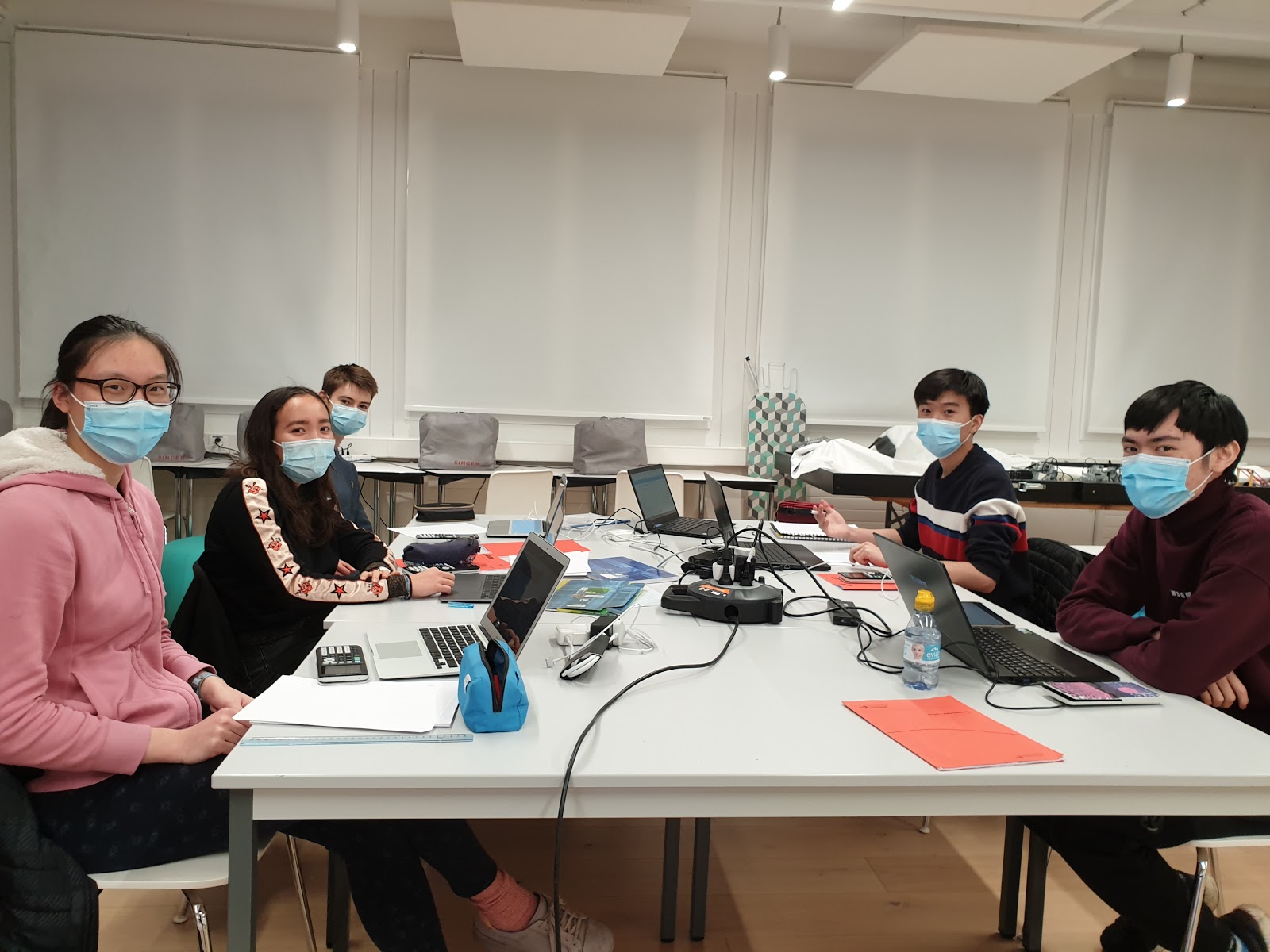By Thessabel Chang, Y12
What is the AstraZeneca vaccine and how does it vary to the others ?
- The AstraZeneca vaccine is developed by Oxford University and Astrazeneca. It is made from a weaker version of an adenovirus, the virus causing the common cold. After genetic modification, it contains material shared with the coronavirus. Once administered, it trains the body’s immune system to fight the real coronavirus.
- The Oxford/AstraZeneca vaccine differs to the Pfizer/BioNTech and Moderna vaccine in their approaches. While Pfizer and Moderna develop RNA vaccines, AstraZeneca uses the harmless adenovirus to carry the same genetic material as the coronavirus into the body. RNA vaccines require small fragments of the coronavirus’ genetic material to be injected into the body. The body then starts producing its own parts of the coronavirus which will later work as a defence to the disease. Both types of vaccine require two doses (injections), however the Pfizer and Moderna vaccine require a temperature of -70 degrees celsius, whereas the Oxford vaccine can be kept at a regular fridge temperature.
Why should I be worried?
- After looking into several cases in the UK, the MHRA (Medicines and Healthcare products Regulatory Agency) identified the development of rare blood clots in recently vaccinated people. It has however not yet been proven that the dose was caused these abnormal blood clots; there is a correlation but more evidence is required.
- The blood clots produced are cerebral venous sinus thromboses (CVST), affecting veins leaving the brain, a potentially fatal side effect of the vaccine. The clots are also accompanied by reduced numbers of platelets and increased bleeding.
- The risk is nevertheless very low, with only 79 cases over a total of 20.2 million doses administered, equivalent to approximately four patients per million.



